By 2025, the task of attracting the attention of people is more difficult than ever before. We are bombarded on all sides with content and the classic marketing messages are drowned in the noise. You cannot merely speak about your products or services anymore. In order to really stand out, a brand must become more than a company; it must become a part of a person. That is where brand storytelling enters. It is not merely a creativity drill-it is a tactical method of making contact with your audience on a human level, establishing trust, and developing long-term relationships. The best business tool you can use to ensure that your brand is not only visible, but it is remembered is a well-told story.
What Is Brand Storytelling (Really)?
Fundamentally, brand storytelling is the science and craft of communicating the identity, values, mission and personality of a brand through the power of compelling narratives. It has nothing to do with presenting a list of dry product features. Rather, it involves sharing the experiences, dreams, and challenges that will make your brand relatable and memorable in the minds of people. Best brand stories do not make the brand the focus; they make the customer the focus, with the brand playing a supporting role as a guide or an enabler. It is about telling real, emotionally appealing narratives that make a brand relatable and foster a feeling of empathy and brand loyalty. The difference between this approach and traditional advertising is that it is not about pushing a product, but rather about establishing a personal bond.
Why Brand Storytelling Matters More Than Ever in 2025
- Cutting Through Content Clutter
In an age where we are inundated by thousands of marketing messages on a daily basis, we have a shorter attention span than before. There is neglect of generic material. The only type of stories that would be able to cut through the noise and take hold of an audience’s imagination would be those that would resonate on the emotional level. A good story is memorable and sharable and thus, a great tactic in ensuring that your brand is not only viewed, but recalled and discussed.
- Trust, Transparency, and Authenticity
The consumers today are more sceptical and more digital than ever. They like to purchase the brands they trust, and they know when they are being faked a mile off. Brand storytelling is a strong trust-building mechanism since it enables brands to be open about their roots, their intent, and their ethics. Real-life, purpose-driven, and even vulnerable stories can help a brand to grow credibility and create a long-term relationship with the audience.
- Emotional Loyalty and Community Building
It is the emotional connection that makes a customer a fan. Through narratives and stories that express common values and beliefs, it is possible to build a community around the brand and its products. When individuals connect to a story of the brand personally, they are most likely to remain loyal, repurchase and even become brand evangelists who will tell your story to their friends and family. Such loyalty lasts much longer than that which is based on price or features.
- Immersive Technology: Storytelling in AR/VR, AI, and Beyond
Technology has transformed story-telling all together. Brands are employing the use of tools such as Augmented Reality (AR), Virtual Reality (VR) and Artificial Intelligence (AI) to provide customized and immersive experiences in 2025. Consumers no longer have to be spectators of a story, but rather participants. Take, as an example, a brand may employ AR to allow a customer to virtually fit a product or AI to create an interactive story that will evolve depending on their actions. Such immersions make it seem even more connected and memorable.
- Strategic Differentiation
When more and more products are becoming more and more alike, differentiation lies in the brand story. It is a unique location which is not readily imitable by the competitors. A brand story can affect consumer choice since there is a tendency of people buying based on the meaning and values a brand represents rather than on features alone. That is the way companies in commoditized markets distinguish and create a defensible position.
From Strategy to Execution: Operationalizing Storytelling
An execution makes a good story. In order to be a storyteller in a true sense of your business, it has to become a part of your business. This implies uniting the story of your brand throughout its departments, including marketing, sales, customer experience, and even human resources. It is possible to use frameworks such as the Heroes Journey or StoryBrand to organize your stories and ensure they are consistent through all channels. This could imply matching your narrative to various phases of the user experience or making it felt in everything, including your social media, packages, and live events.
Enabling Storytelling with Technology
Technology is a major actor in storytelling at scale. Personalization can be assisted by AI, and brands can customize stories to individual customers through their data. First-party data will allow you to craft narrative arcs that are personal and relevant to every individual. Media such as short-form video, interactive media, and dynamic email campaigns provide marketers with the means to create engaging stories in a different and exciting manner and touch people where they are engaged.
Measuring the Impact of Storytelling
The impact of storytelling goes beyond simple metrics like clicks and impressions. To truly understand its effect, you need to look at different KPIs, such as:
- Engagement Time: How long are people spending with your content? Longer engagement suggests a stronger emotional connection.
- Brand Lift and Sentiment: Are people talking about your brand more positively after they’ve seen your story? Tools that measure social sentiment can help here.
- Shareability and User-Generated Content (UGC): Are people sharing your stories with others? This shows that your narrative has struck a chord.
- Conversion Rates: Are customers more likely to convert after consuming emotionally driven content?
- Customer Lifetime Value (CLTV) and Net Promoter Score (NPS): Do customers who connect with your story stay with you longer and recommend you to others? These are key indicators of loyalty.
Pitfalls to Avoid
Sometimes it is easy even with the best intention to err. Limit the use of inauthenticity and be sure that the story of your brand is real and conveys the actual values of the brand. Avoid performative storytelling that does not feel authentic. Do not overproduce by sacrificing relatability; simple and rough stories can also sometimes be the best. And pay extra attention to AI; it is a potent tool, yet you must strike the balance between the automation and human touch in order to maintain the voice of your brand authentic and personal.
The Future of Brand Storytelling
The storytelling will not only be a series of one-off campaigns in future, but it will also be about establishing a brand identity that goes through all processes of a company. The stories will be regarded as the heart of the strategy of a company. It is possible to anticipate the emergence of the so-called story ecosystem, a situation in which different components of a narrative are presented across multiple platforms. We will also see an increase in predictive storytelling, where AI and data can assist brands to anticipate which narratives will have the greatest impact to various audiences to enable even more personal and relevant communication.
Conclusion: What the Winning Brands Will Do Differently
By 2025, the most successful brands will be those that recognize that a good story is the pulse of a brand. They will not only sell products, but will create actual emotional connections with the communities they live in. As a CMO or marketer, the time to audit your brand story, ensure it is consistent and activate it in all aspects of your business is now. This is the way to turn yourself into more than another company, but a brand that people love and trust.
HT Brand Studio is a partner that can help you with your brand storytelling needs. We specialize in creating custom narrative strategies that connect with your audience and deliver results. From crafting your core story to deploying it across all your channels, we’re here to help you get your message right.
Frequently Asked Questions
How is brand storytelling different from content marketing?
Content marketing is the process of producing and sharing any form of content to appeal to an audience whereas brand storytelling is a subset of content marketing in that it employs narrative and emotional appeal to convey the identity of a brand. Storytelling is the reason of the content.
Can a small brand use storytelling effectively?
Absolutely. Storytelling is an excellent choice of small brands since it does not need an enormous budget. An unvarnished, genuine tale of an entrepreneur and his/her experience, or a product and its mission, can be as powerful, if not more so, than a massive advertising campaign.
How do you make sure your brand story is authentic?
The genuineness lies in honesty about why you have created your brand, what values it possesses, and even its flaws. Talk about real life, and assure that what you do as a company is consistent with the message you are sending.
How can technology like AI help with storytelling?
AI can be used to aid personalization, thereby enabling brands to provide individual customers with certain selected story aspects. It can also be used to analyze data to learn what stories are resonating and find new narrative opportunities.
What is the difference between a brand story and a brand message?
Brand message is an assertion of what a brand does and is often short and to the point. A brand story is an extended, more descriptive tale that provides backdrop and feeling to that message, the why of the brand.
How do you measure the return on investment of brand storytelling?
Some of the key performance indicators (KPIs) that can be used to measure ROI of storytelling include brand sentiment, engagement rates, customer loyalty related metrics , and the conversion rates of the content featuring the brand story.
Where should a brand's story be told?
Your brand has a story, and you should tell it everywhere: on your About Us page, in your tweets, in your marketing emails, on your packaging and even in how your customer service team is interacting with the audience. The trick is consistency.
Ready to take your brand to the next level? Connect with us today to explore how HT Media can amplify your presence across our diverse portfolio of 25+ brands and properties. Let's turn your brand vision into reality!

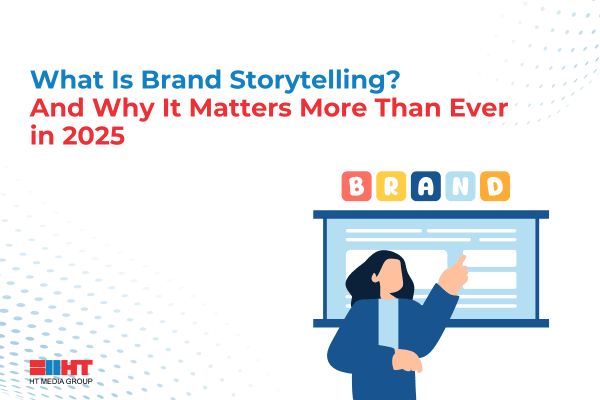

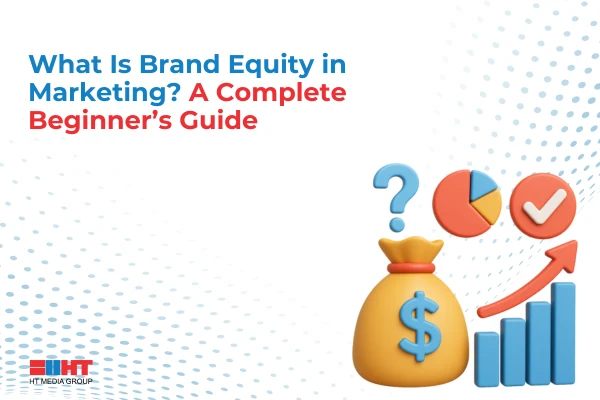
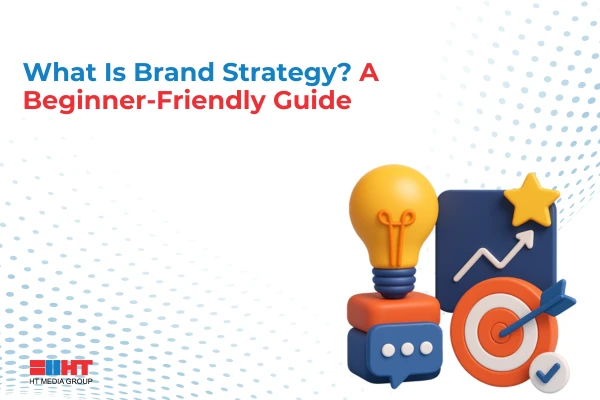
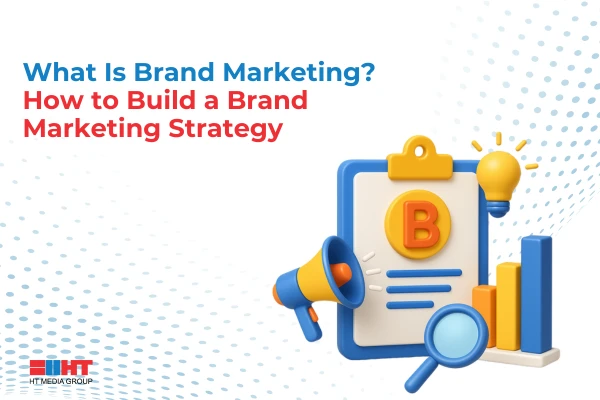
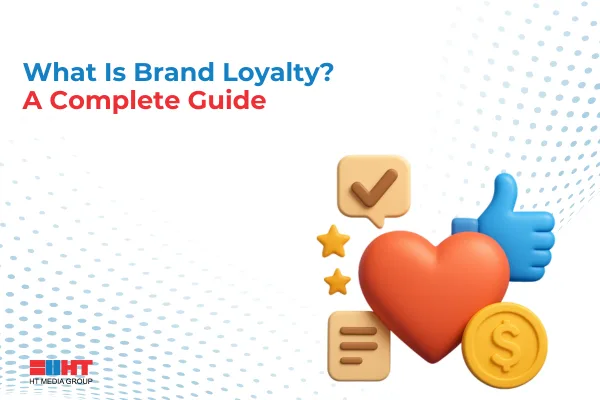
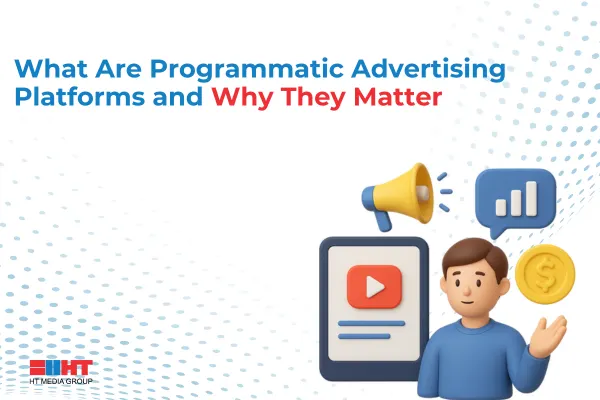
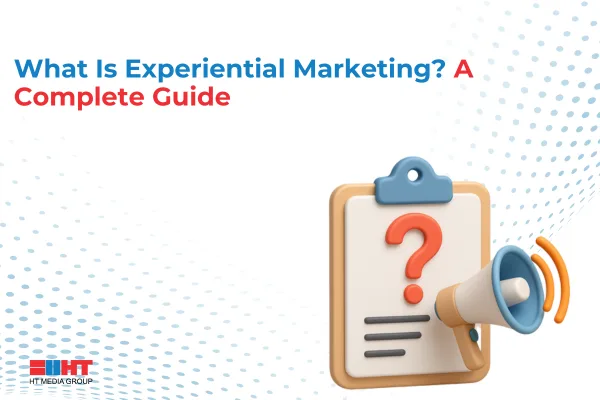


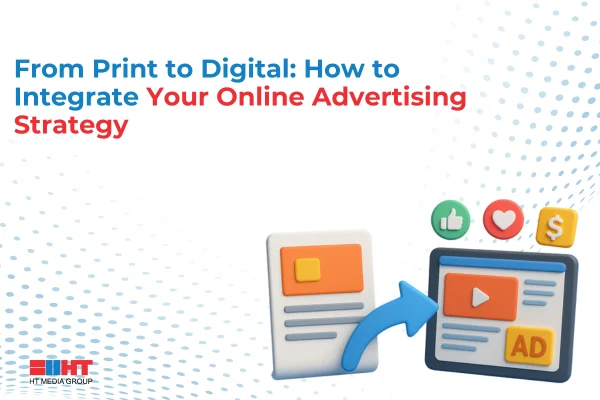
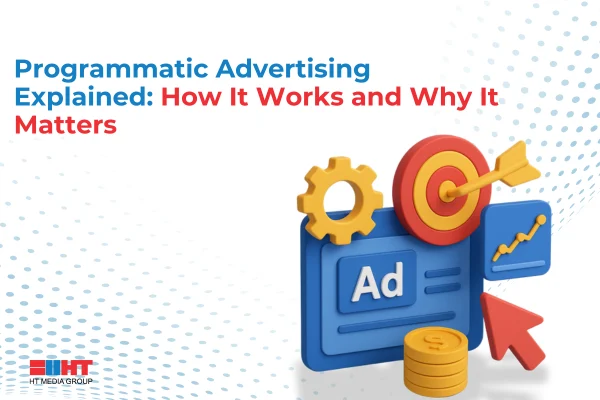
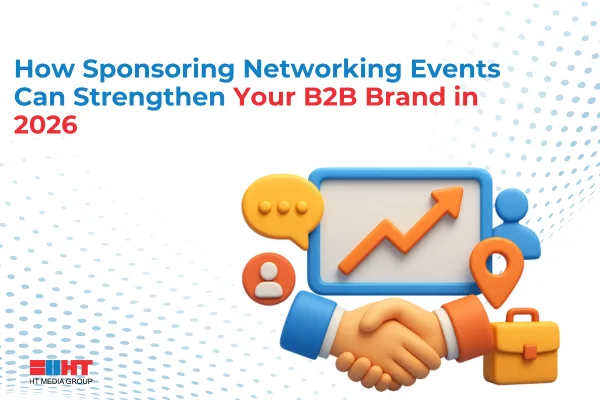
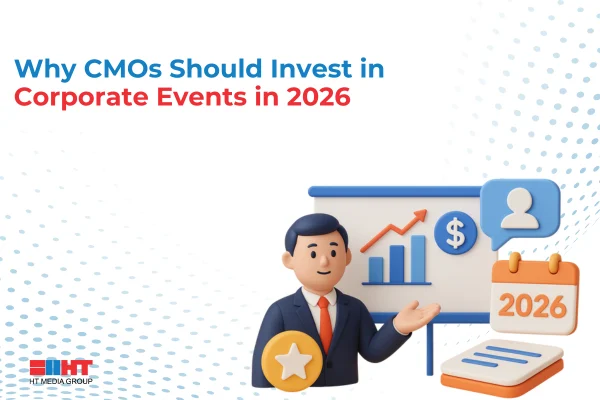
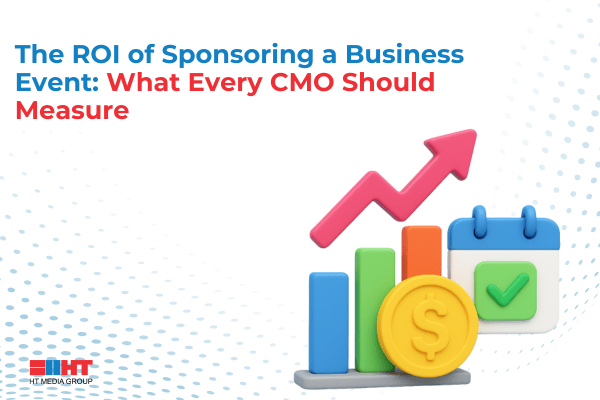

Comment